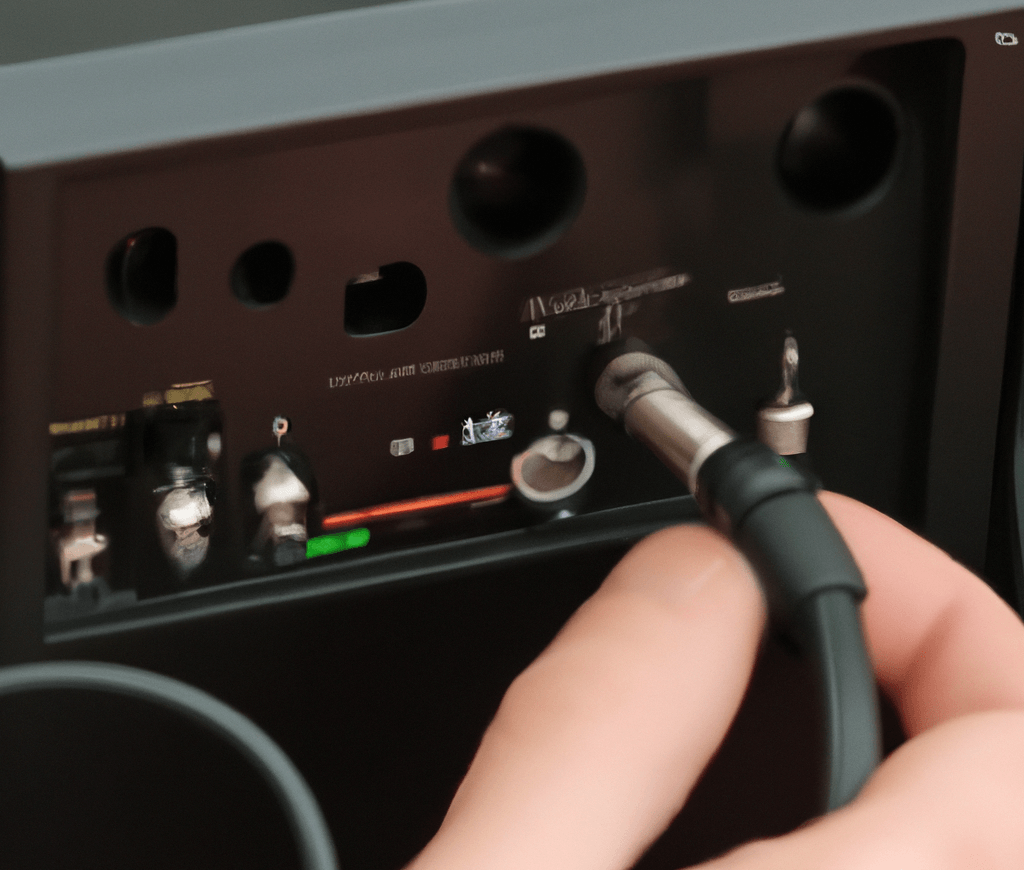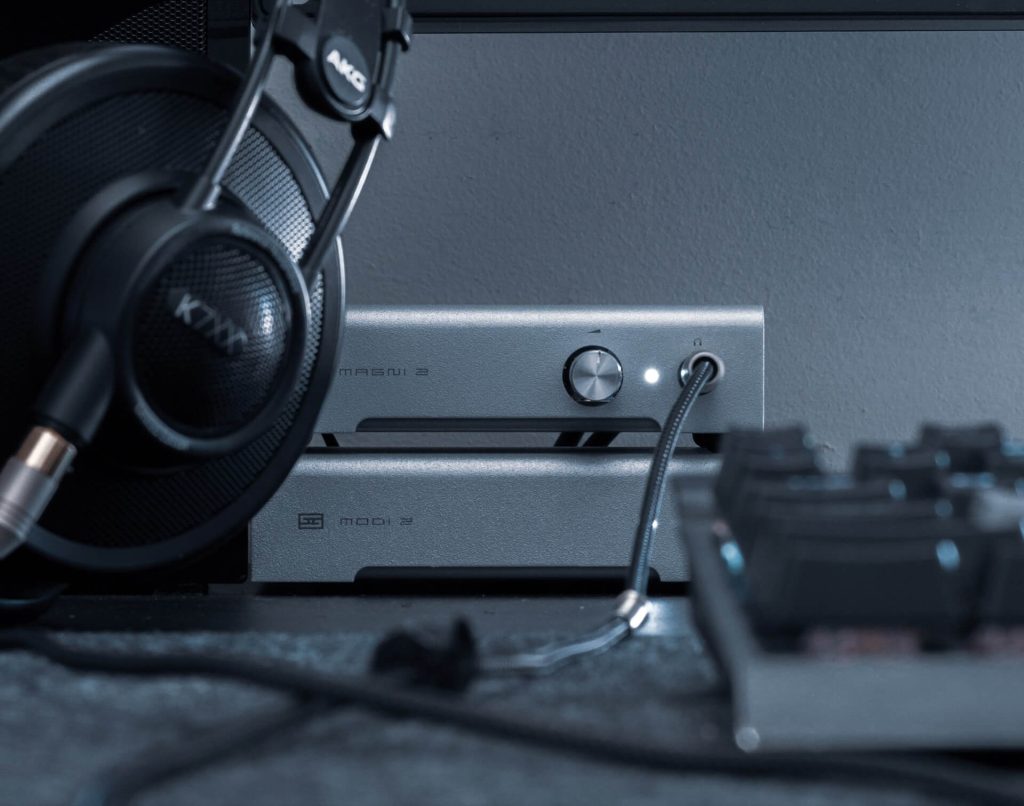Last Updated on July 25, 2023 by Mark S. Taylor
You’ve installed your new amp, but the mids and highs all sound bad. Don’t give up yet, we’ll show you how to properly set up the car amplifier for mids and peaks.
You recently bought a new pair of replacement speakers, and a brand new amplifier, the system is being installed by a professional team, but there is a problem. The peaks and peaks are far from what you expected. High, low, and medium frequencies must be addressed before the hardware can be damaged. The truth is that you can get the most out of your subwoofer until you find the right balance of bass, midrange, and treble. Fortunately for car audio beginners, learning how to adjust your car’s subwoofer to the treble and midrange isn’t as hard as it sounds.

Car radios process audio signals from input sources (Bluetooth devices, RCA inputs, CDs, radios, etc.) and pass the output to the amplifier. The amplifier has multiple settings such as gain, secondary gain, bass control, treble, mids, and bass. -And high-frequency settings. To get the highest quality music, you need to make sure that each frequency is sent to your own genuine playback software. This happens after the audio signal has passed through several sets of filters.
Contents
Understanding Car Amplifiers
What is a Car AMP?
An electronic device called a car amplifier also referred to as a car AMP, is made to boost the power of audio signals and send them to speakers or subwoofers. A car audio system’s overall sound quality is greatly enhanced by amplifiers.
Types of Car Amplifiers
Car amplifiers come in a variety of varieties, such as mono-channel, two-channel, four-channel, and multi-channel AMPs. Depending on the amount of speakers and subwoofers in the system, each type has a specific function.
Importance of Tuning Car AMP
To get the finest sound quality possible, your car’s AMP must be tuned. Even the highest-quality AMP won’t function at its best if it isn’t properly tuned for the audio system in your car. The mids and highs, which convey important audio components like vocals and instruments, are faithfully reproduced with proper tuning.
The Role of Mids and Highs in Audio Quality
Frequency Range of Mids and Highs
Highs include frequencies over 5 kHz, whereas mids typically include the region between 300 Hz and 5 kHz. These frequency ranges are essential for accurately and precisely recreating vocalists, musical instruments, and sound effects.
Their Impact on Sound
The mids and highs are in charge of giving the audio depth and detail. A well-tuned car AMP will make sure that these frequencies are just right—not overpowering or underplaying—creating a rich, satisfying audio experience.
General Conditions and Parameters of the Car Subwoofer
How do I adjust my subwoofer for high and low tones? First of all, car speakers come in different configurations. Successful compatibility depends on many variables such as B. the music played, the speakers, and the system. The speakers also have different settings on the back of the amp, which can get confusing. These are the most important things you need to know when setting up a high and mid car subwoofer.
Frequency
Frequency in audio engineering refers to frequency per second. It is measured in Hertz (HZ). One Hertz equals one cycle per second. At higher frequencies, it produces three times the audio signal. Frequency also helps explain the mid and climax of the music. For example, low frequencies rotate around the base. A subwoofer and bass speaker (speaker) are required to generate low frequencies without damaging other speakers.On the other hand, high-frequency is generated by the equipment (cap, spirit, and other very solid tools) that have heard of music. Human ears are limited to fixed frequency limits (20 Hz-20 kg). Car Amplifier Manufacturers remove different frequency labels. Some of them use situations such as Hertz (Hertz), other desibbed (DB), superbasher, LPF, HPF, etc.
Import
AMP represents sensitivity. This setting plays an important role in leading the system to distortion. Adjusting the gain results in higher or lower volume at the amplifier input, affecting speaker output rather than loudness. The higher the gain setting, the more distorted sound can be obtained from the speaker. The gain needs to be set to the right value so that the speaker doesn’t handle too much power and doesn’t introduce distortion.
Crossing
All cars require a stereo at the intersection to ensure the right signal on the correct driver. A crossover is an electronic component built-in the audio circle of the car to route each set of speakers by distributing the frequency of speech from other tires. Upon receipt of an upper speaker, an average range frequency speaker occurs when receiving a minimum frequency submarine at a higher frequency.

High-traffic filters and low
The high-pass filter is only a high frequency up to a specific portion. That is, it prevents low frequency. The high pass filter works with tweeters and other small speakers that could be damaged when passing low-frequency signals.
The low pass filter is the opposite of the high pass filter. Frequencies below a certain threshold can be sent to the subwoofer and bass speaker. They filter out the signal noise and leave a smooth bass signal. Now that you’re used to the terminology, let’s adjust the car amplifier settings. Adjusting the car subwoofer’s highs and mids depends on the type of stereo speaker you’re using. First of all, you need to make sure that there are no low frequencies near the middle and high speakers.
Average and peak adjustment
For a suitable lpf and hpf for medium and high, proper settings for your amplifier are required. Distortion is a problem most car audio enthusiasts face, but the good news is that it can be minimized or eliminated entirely. This is one of the worst problems that can cause permanent damage to your speakers. Occurs when the interest rate control is set too high. At this point, your subwoofer sends disconnected signals to the speakers. It gets worse when you listen to loud music with distortion because the speakers are overloaded.
Listen to your favorite song to find the right interest settings (because you know exactly how it should sound). Then find the amp and turn the interest knob a little less than halfway, not all the way. Set the volume to 75% and listen to music playing. Raising the volume to the end may not work properly, because this is where the distortion is applied.
Finally, return to the amplifier and adjust the revenue button until the first character of distortion is heard. The use of mood that sets earnings is one of the easiest ways. You can try another exact way. Using multi-motor MultiMate and mathematics, it is easy to use millimeters to find valid benefit values.
Adjustment
If the speaker is high only, the high pass filter (HPF) is set. Door speakers and tweeters block low frequencies that cannot be played correctly. It can also prevent the speaker from burning out due to low frequencies.
If your amplifier has an HPF switch, you must turn this switch on to enable the setting. Most amps come with switches, but again, everything is OEM-specific. HPF performs well when it can handle frequencies from about 80 Hz to about 200 Hz. anything below 80Hz should be routed to a subwoofer or a much larger bass amp. For the best experience, set the HPF to 80 Hz and set the low pass filter (LPF) to capture frequencies below 80 Hz. This way there are no gaps in the music playback and there is no frequency loss at all.
Medium setting
You’ve probably asked yourself this question many times. How often should I set the median value? First, the mid-range frequency range for main car speakers is around 50–60 Hz. Some audiophiles prefer to use an equalizer to get the most accurate settings.
EQ settings play an important role in removing sharp peaks and dips that create a harsh sound. You can also split the signal into low, mid, and high frequencies to tune it to your liking. Others prefer to use the amp tuning program. Finally, for the best sound experience, the peaks should be set slightly above the middle.
When setting up an amplifier, remember to tailor it to your needs. People have different tastes, so what works for you may seem bad to others. As long as there is no distortion, there is no right or wrong way to adjust the amps.
Tips for Optimal Tuning
Using High-Quality Audio Tracks
Use high-quality audio recordings that represent a variety of frequencies and musical instruments when adjusting your car’s AMP. You can improve the accuracy of the system by doing this.
Avoiding Over-Boosting
While increasing the mids and highs is important, do not overdo it as this could result in harsh and distorted sound reproduction.
Keeping the Volume Balanced
Make sure the mid- and high-frequency volume levels are balanced with the other frequencies. An audio system that is balanced provides a pleasant listening experience.
Troubleshooting Common Issues
Distortion and Clipping
Check your gain settings and lower them if you experience distortion or clipping while adjusting the speakers to avoid overloading them.
Imbalanced Sound
An uneven sound may be a sign that the crossover settings need to be adjusted. Reassess the crossing spots and make any necessary adjustments.
Speaker Phasing
Check the speaker phasing to make sure all speakers are in phase with one another if the audio is unclear and muddy.
Final Thoughts
Now that you know how to set your car’s amp to mid-peak and peak, it’s important to note that when all the settings are correct, the system sound will be the best. The reason you have the correct hpf and lpf settings on your console is to make sure your speakers aren’t playing frequencies you don’t expect. This will not overload Twitter and will not reduce the output power of the amplifier and subwoofer. Contact us for more information on tune a car amp and increasing the base and treble.
Why is tuning a car AMP important?
Tuning a car AMP ensures that your audio system delivers the best possible sound quality, especially for mids and highs, enhancing your overall listening experience.
Can I tune my car AMP myself, or should I seek professional help?
While tuning a car AMP can be done on your own, getting expert assistance from a seasoned car audio installer ensures accurate adjustments and the best outcomes.
What if I can’t hear any difference after tuning my car AMP?
If there isn’t much of an improvement, check your settings again and think about using high-quality audio recordings for a more accurate assessment.
Is it possible to tune a car AMP for both bass and mids/highs simultaneously?
You can tune your car’s AMP to work across the entire frequency range, but it takes careful changes and knowledge of the audio system to do so.
How often should I re-tune my car AMP?
Re-tuning is not required if your car audio system is unchanged. Re-tuning is advised for optimum performance if you make significant modifications to the system or add new components.
Read More: How to Install AUX Cord in Car
